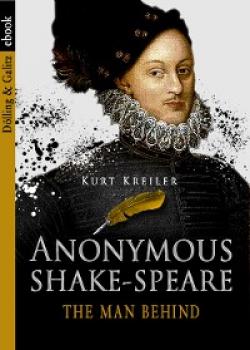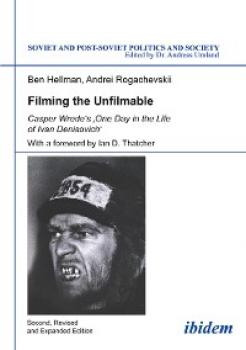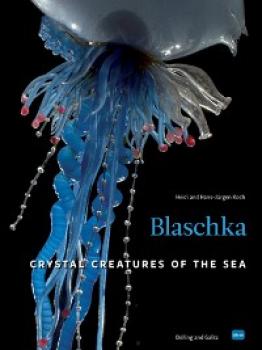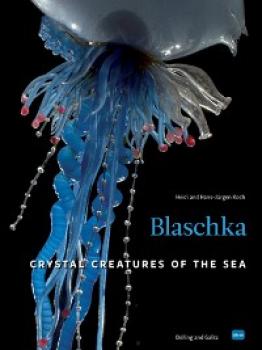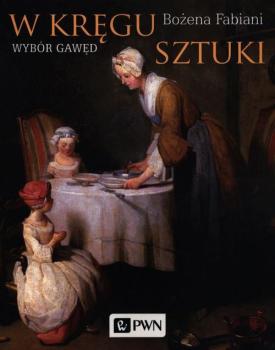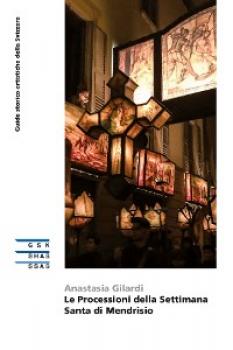ТОП просматриваемых книг сайта:
Изобразительное искусство, фотография
Различные книги в жанре Изобразительное искусство, фотография, доступные для чтения и скачиванияАннотация
A new Roland Emmerich film – Anonymous – was released in October 2011. The seventeenth Earl of Oxford (1550-1604), says Emmerich, wrote the Shakespearian works. How could such a postulation come about and where does this doubt as to William Shaksper's authorship come from? (No offence is intended by calling the actor from Stratford-upon-Avon “Shaksper”; he certainly wouldn't have taken any, that's how he wrote it on his marriage license.) – After the academic world has been guessing and floundering for 150 years, the literary detective Kurt Kreiler surprises us with a book that addresses this subject after years of sound and thorough academic research. This is definitely the leading book on this subject. Chapters 1 and 2 explain why Will Shaksper from Stratford-upon-Avon was not an author. In chapter 3, ten works of the author William Shakespeare will be analysed with a view to determine what criteria the author must have had in order to write the works in question. Which foreign lands had the author visited? What historical references have been made? When were the pieces written? Chapter 4 examines the social perspectives of the “Author of the plays”. Chapter 5 examines what Shakespeare's literary contemporaries knew about him, with whom did they associate him, what qualities did they attribute to him? An analysis of the Harvey-Nashe-Quarrel show us that they both agree that the author “Master William” was the creator of the figure Falstaff and that this author was Eduard de Vere, Earl of Oxford. Chapter 6 deals with the first part of the biography of Eduard de Vere. Chapters 7 and 8 show that the the profile of the Author that was developed in chapters 3-5 correlates logically and universally with the biography of the Earl of Oxford. Chapter 9 is a continuation of the biography of the writer and spear shaker “William Shake-speare” up to his death in 1604. Chapter 10 shows why, how and for whom the dramatist Ben Jonson went about the task of procuring the nom de plume Shake-speare. By using the coincidental similarity between the names Shake-speare and Shaksper, Jonson posthumously set up a marionette to claim authorship of the Shakespearian works.
Kurt Kreiler (b. 23 June 1950) is a German author and dramaturg. He read philology and philosophy at university, his studies culminating in a doctoral thesis on the short lived Bavarian Republic of People's Councils (1918/19). In 1983 he began his work as a writer for television and radio. In 2009 Insel Verlag published Kreiler’s: “The Man who invented Shakespeare”; a book that caused a considerable stir in Germany."
Kurt Kreiler (b. 23 June 1950) is a German author and dramaturg. He read philology and philosophy at university, his studies culminating in a doctoral thesis on the short lived Bavarian Republic of People's Councils (1918/19). In 1983 he began his work as a writer for television and radio. In 2009 Insel Verlag published Kreiler’s: “The Man who invented Shakespeare”; a book that caused a considerable stir in Germany."
Аннотация
In this amply illustrated book, Hellman and Rogachevskii tell the fascinating story behind the screen adaptation of one of the most impactful novels of all times. Despite its huge global success, Aleksandr Solzhenitsyn refused all offers to have his One Day in the Life of Ivan Denisovich turned into a movie for many years for artistic reasons. It took the full resolve and commitment of the Finnish director Caspar Wrede to bring this challenging project to fruition, eight years after the novel had been published.
This second, expanded edition of 'Filming the Unfilmable' offers an all-encompassing account of the movie's production, reception and impact. Filled with little-known facts, it also gives unique and valuable insights into Solzhenitsyn's complex relationship with the art of filmmaking."
This second, expanded edition of 'Filming the Unfilmable' offers an all-encompassing account of the movie's production, reception and impact. Filled with little-known facts, it also gives unique and valuable insights into Solzhenitsyn's complex relationship with the art of filmmaking."
Аннотация
They are transparent artworks of unique fragile beauty and withal highest scientific precision: the filigree glass models from astonishing sea creatures – created over 100 years ago by glass blowers Rudolf and Leopold Blaschka in Dresden, Germany. The prizewinning photographers Heidi and Hans-Jürgen Koch took brilliant close shots of the last few retained objects.
Аннотация
They are transparent artworks of unique fragile beauty and withal highest scientific precision: the filigree glass models from astonishing sea creatures – created over 100 years ago by glass blowers Rudolf and Leopold Blaschka in Dresden, Germany. The prizewinning photographers Heidi and Hans-Jürgen Koch took brilliant close shots of the last few retained objects.
Аннотация
Аннотация
Some of the letters published in this volume were first published by the Society for Contemporary American Literature in German (SCALG) and were very well received in the US. In 2010 they were published in book form in Germany for the first time. Those letters show what happened during World War II not only to the soldiers fighting on the front, but also to those waiting at home, the families. And, once, the war was over, the struggle for survival continued, in the prisoner camps, and at home for the starving families, who wait for the prisoners to come home.
Аннотация
American Civil War–era art critics James Jackson Jarves, Clarence Cook, and William J. Stillman classified styles and defined art in terms that have become fundamental to our modern periodization of the art of the nineteenth century. In Critical Shift , Karen Georgi rereads many of their well-known texts, finding certain key discrepancies between their words and our historiography that point to unrecognized narrative desires. The book also studies ruptures and revolutionary breaks between “old” and “new” art, as well as the issue of the morality of “true” art. Georgi asserts that these concepts and their sometimes loaded expression were part of larger rhetorical structures that gainsay the uses to which the key terms have been put in modern historiography. It has been more than fifty years since a book has been devoted to analyzing the careers of these three critics, and never before has their role in the historiography and periodization of American art been analyzed. The conclusions drawn from this close rereading of well-known texts challenge the fundamental nature of “historical context” in American art history.
Аннотация
Аннотация
Аннотация
A Mendrisio per la Settimana Santa centinaia di dipinti illuminati cambiano la fisionomia dell’antico borgo. Essi ornano le strade a partire dal 1791; l’ultima delle grandi Porte ad arco è stata fatta nel 2018. Il Venerdì Santo per la processione del Cristo morto e dell’Addolorata sfilano anche circa 300 lampioni e altri oggetti. Invece il Giovedì Santo i cittadini di Mendrisio interpretano la salita al Calvario di Cristo con personaggi e scene di antica tradizione popolare. Questa vitalità ha motivato la candidatura delle Processioni alla Lista rappresentativa dei beni immateriali culturali dell’UNESCO.

